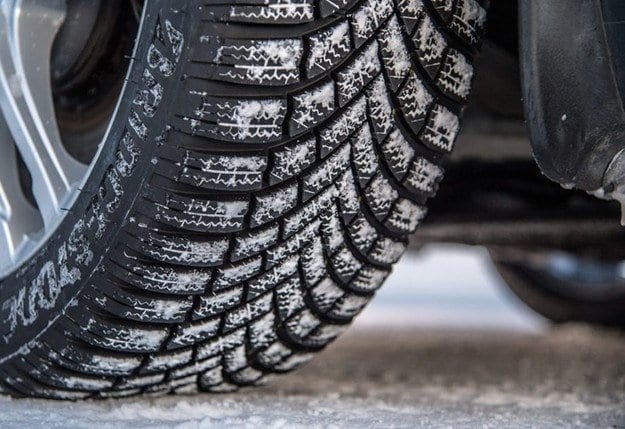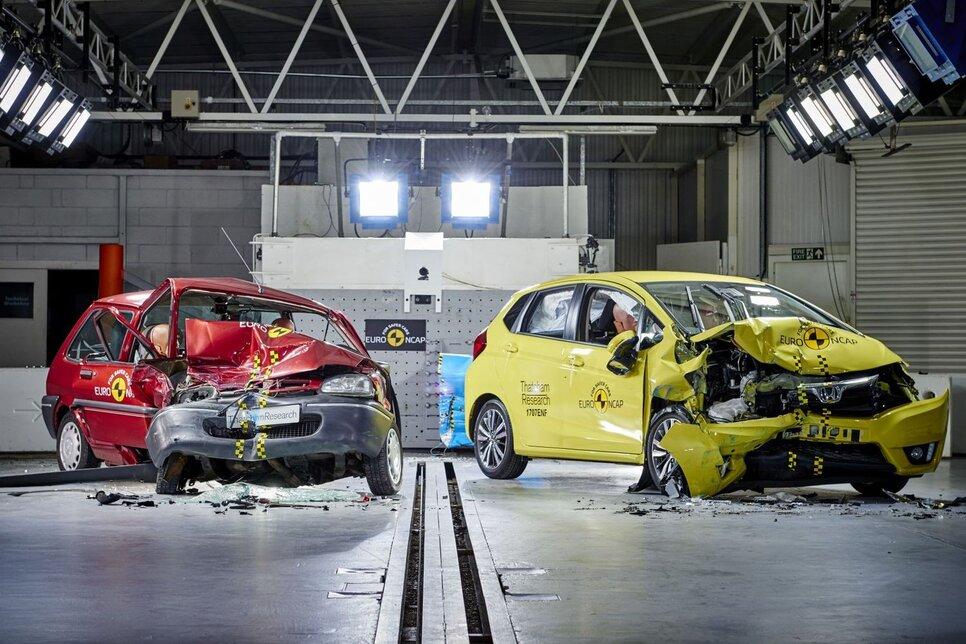
Manufacturer failures during Euro NCAP tests
 This year marks the 20th anniversary of the creation of Euro NCAP. At that time, the organization had tested several thousand cars in crash tests. Some of them had a big miss.
This year marks the 20th anniversary of the creation of Euro NCAP. At that time, the organization had tested several thousand cars in crash tests. Some of them had a big miss.
Euro NCAP (European New Car Assessment Program) was launched in 1997. It is an independent vehicle safety assessment organization sponsored by independent organizations and supported by the governments of several European countries. Its main purpose was and remains to test cars in terms of passive safety. It is important to note that Euro NCAP buys cars for its crash tests with its own money at randomly selected points of sale of this brand. Therefore, these are ordinary production cars that go on mass sale.
Cars are judged in four main categories. When simulating a frontal collision, the test vehicle hits an obstacle with 40% of its front surface. The vehicle is moving at a speed of 64 km/h, which should simulate a collision between two cars traveling at a speed of 55 km/h. In a side impact, the deformable front bogie hits the test vehicle's side, side and at driver height. The cart moves at a speed of 50 km/h. In a collision with a pole, the vehicle hits the pole at 29 km/h on the driver's side. The purpose of this test is to check the driver's head and chest protection.
The editors recommend:
Vehicle testing. Drivers are waiting for change
A new way for thieves to steal a car in 6 seconds
How about OC and AC when selling a car?
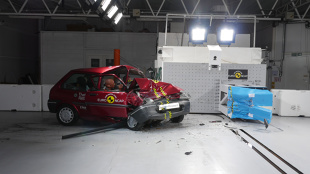 When hitting a pedestrian at various points in the front of the car (on the hood, at the height of the headlights, on the front bumper), the dummies fired at a speed of 40 km/h, acting as pedestrians. On the other hand, the whiplash test only uses a chair with a dummy running on rails. His task is to check what kind of protection of the spine the seat provides in the event of a blow to the back of the car.
When hitting a pedestrian at various points in the front of the car (on the hood, at the height of the headlights, on the front bumper), the dummies fired at a speed of 40 km/h, acting as pedestrians. On the other hand, the whiplash test only uses a chair with a dummy running on rails. His task is to check what kind of protection of the spine the seat provides in the event of a blow to the back of the car.
In these tests, the car receives from one to five stars, the number of which determines the level of safety of the driver and passengers of the vehicle. The more of them, the safer the car according to Euro NCAP. The fifth star was introduced in 1999 and was initially thought to be impossible to obtain in a frontal collision. Today, a 5-star result does not surprise anyone, more and more cars, including lower classes, are winning it. An interesting fact is the crossed out star. These are serious defects in the design of the car, identified during the inspection, deteriorating the level of safety, creating a real threat to the life of the driver or passengers.
Safety rules and standards have changed over the years. Of course, they were included in the Euro NCAP tests. Therefore, the results of tests 20 or 15 years ago cannot be compared with the current ones. However, at one time they were an indicator of the level of safety of the car. We checked which models had an unexpected operation over 20 years, resulting in a small number of Euro NCAP whistles.
It is worth noting that most cars had problems passing crash tests immediately after their introduction. For many years, manufacturers have ensured the strength of cars, the rigid structures around the interiors of which no longer deform under impact, creating a kind of "living area". The security equipment has also been enriched. Airbags or belt tensioners, once optional on many vehicles, are now standard. It is also no secret that cars have also begun to be designed in accordance with the requirements of crash tests. A consequence of changes in recent years is the popularization of driver-programmable speed limiters, sign recognition systems or emergency braking procedures after detecting a pedestrian or other vehicle in the path of a collision.
See also: Citroën C3 in our test
Video: informative material about the Citroën brand
We recommend. What does Kia Picanto offer?
1997
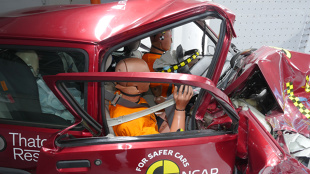 Rover 100 – one star
Rover 100 – one star
equipment: driver's airbag
The test showed the general instability of the cabin and its susceptibility to deformation. As a result of a head-on collision, the head and knees of the driver were seriously injured. On the other hand, in a side impact, injuries to the chest and abdomen were more than acceptable by then standards. In general, the body is seriously damaged.
Saab 900 - one star and one star removed
equipment: two airbags
It would seem that the massive Saab 900 will pass the test with a good result. Meanwhile, in a head-on collision, the cabin was seriously damaged, also with a dangerous displacement of the engine compartment. This could result in serious injury to front seat passengers. A post-test commentary stated that the rigid bodywork would likely hit the driver's knees, leading to a significant risk of injury to the knees, hips, and pelvis. On the other hand, the protection of the chest of passengers in a side impact was assessed negatively.
Rover 600 - one star and one star removed
equipment: driver's airbag
The crash test showed that the interior of the Rover 600 poorly protects passengers. The driver sustained life-threatening injuries to the chest and abdomen in the frontal impact. In addition to the weak interior structures, the steering column moved back was a danger to the driver. Simply put - she fell into the cockpit. This intrusion resulted in additional driver injuries in the form of facial, knee and pelvic injuries.
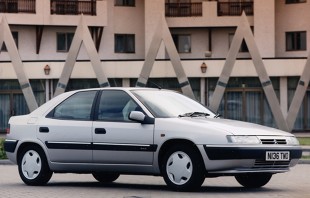 Citroen Xantia - one star and one star removed
Citroen Xantia - one star and one star removed
equipment: driver's airbag
A post-crash report noted poor protection for the driver's head and chest in a side impact. These same body parts were at risk in a head-on collision, and the knees, hips and pelvis were poorly protected. In addition, the pedals fell into the salon. In a side impact, the driver hit his head on a pillar between the front and rear doors. In short, the driver received injuries incompatible with life.
 BMW 3 E36 - one star, one star removed
BMW 3 E36 - one star, one star removed
equipment: driver's airbag, seat belt pretensioners
The head-on collision severely damaged the cab, and the driver sustained a life-threatening chest injury. In addition, the steering wheel has been moved to the rear, creating an additional risk of injury. In addition, rigid elements in the lower part of the body posed a risk of serious injury to the driver's knees, hips and pelvis. The side impact test also showed that the driver would be seriously injured.
1998
Mitsubishi Lancer - one star, one star removed
equipment: driver's airbag
The car does not protect the driver's chest well in a side impact. Also, in a head-on collision, the body structure of this model turned out to be unstable (for example, the floor cracked). Euro NCAP specialists stressed that the level of pedestrian protection is slightly above average.
 Suzuki Baleno - one star, one star removed
Suzuki Baleno - one star, one star removed
equipment: missing
It is likely that in a head-on collision, the driver will receive a serious head injury. On the other hand, in a side impact, he risks serious chest injuries, so the second star in the final rating was removed. Euro NCAP experts in the final report wrote that the Baleno would not meet the requirements for vehicles in the event of a side impact.
Hyundai Accent - one star, one star removed
equipment: driver's airbag, seat belt pretensioners
19 years ago, the Accent earned two stars, but the last star was removed due to the unacceptably high risk of chest injury in a side collision. But at the same time, the Accent performed surprisingly well in terms of pedestrian protection. This was, among other things, the merit of the flexible front bumper
1999
Nissan Almera - one star, one star removed
equipment: driver's airbag, seat belt pretensioners
The car received two stars, but canceled one because the side impact test showed an unacceptably high risk of injury to the driver's chest. In turn, in a head-on collision, the deformation of the cabin exposed the driver and passengers to a high risk of injury. To make matters worse, there was a serious failure of the seat belts during testing.
